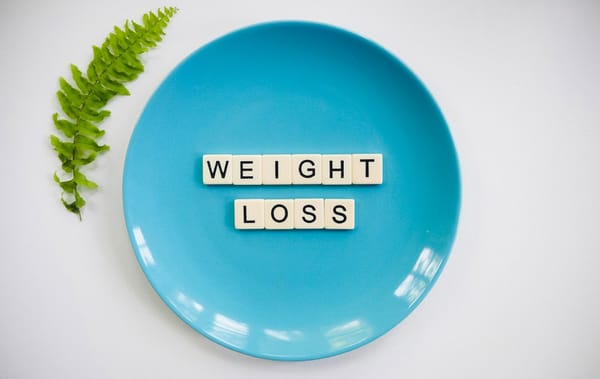How to Calculate TDEE for Special Populations: Pregnant Women, Seniors, and Teenagers

A measure that indicates how many calories the body burns in a day to maintain its current weight considering the level of activity is called the total daily energy expenditure. Nevertheless, different groups, for instance pregnant women, old-aged individuals, teenagers, will have some other factors to take into account while computing their TDEE due to special metabolic and physiological requirements. This guide will present the appropriate methodology for calculating TDEE in these population subgroups, along with an explanation of the contagious factors affecting their energy requirements.
Pregnant Women: Adjusting for Two
This is because women experience massive changes in their bodies during pregnancy, changes that bring about increased energy demand. In calculating TDEE for a pregnant woman, the basic TDEE formula can apply with slight adjustments that factor in the additional energy resulting from supporting the growing fetus. Pregnant women are generally advised to increase their caloric intake by around 300-500 calories per day during their second and third trimesters to support further fetal growth, increased blood volume, and other physiological changes related to pregnancy. Here is how to calculate TDEE for a pregnant woman:
- Compute BMR using the standard formula (either Mifflin-St Jeor or Harris-Benedict).
- Multiply the BMR by one among the activity factors of Sedentary, Lightly Active, Moderately Active, Very Active, or Extra Active based on lifestyle.
- Add another 300-500 calories, considering energy for the pregnancy.
It is always best that any adjustments to caloric intake during pregnancy be consulted with a health professional, who can provide personalized recommendations.
Seniors: Adjusting for Age-Related Changes
Metabolism tends to decrease as one grows older due to reduced muscle mass and a decrease in physical activity; hence when computing the TDEE of a senior, there is a need to adjust this loss in muscle mass along with other medical conditions that could increase energy expenditure. Here is how to calculate the TDEE for a senior:
- The BMR is calculated using either the Harris-Benedict or Mifflin-St Jeor Formula.
- The BMR number is multiplied by one among the appropriate activity factors related to their activity level. Most often, older people will have low activity levels, hence the Sedentary or Lightly Active activity factor.
Protein intake and active lifestyle help in not further bringing down one's metabolism due to aging muscle loss. Metabolism may also be slightly reduced in the older person, but not at the cost of the quality of their diet in managing health in general.
Teenagers: Increased Energy Needs for Growth
According to the above, teenagers require lots of calories due to rapid body and hormonal changes that bring about growth. Indeed, more energy is needed than at other stages of life for a young active person. During this time one can grow and develop. Therefore, that is why energy requirements are high. Better to start calculating TDEE for teenagers as follows:
- Compute BMR using either of the formulas designed for age, weight, and sex.
- Multiply BMR by an activity factor in line with their daily routine, keeping in mind that teenagers tend to be much more active than adults.
Their focus should be on nutrient-dense food sources to meet these increased needs for vitamins, minerals, and protein for body building. Hence, energy balance is essential at this stage, but to avoid imbalanced or unhealthy growth, either excess weight gain or loss is not recommended.
Conclusion
Thus, in such populations as pregnant women, old-aged people, teenagers, so many other unique metabolic and physiological disorders imply a need in their TDEE equations to be incorporated to provide them with enough energy to maintain health. Incorporating these adjustments in TDEE calculations will take in the ability of these groups to meet their energy needs for optimal health. Always remember to consult with a health provider or nutritionist for personalized advice and best results.



